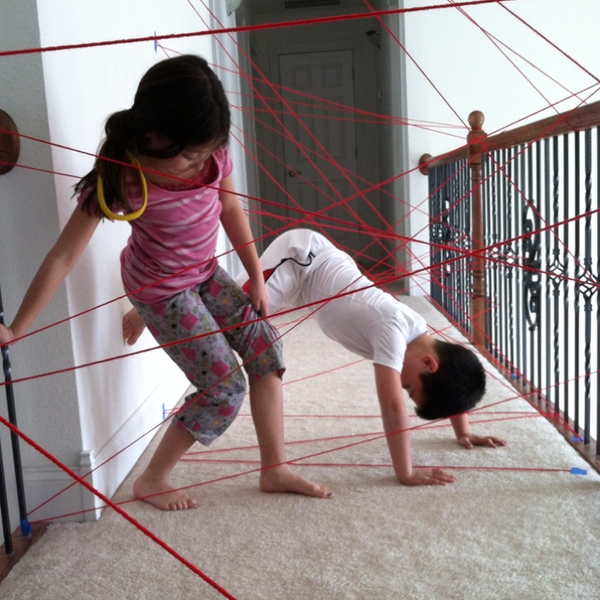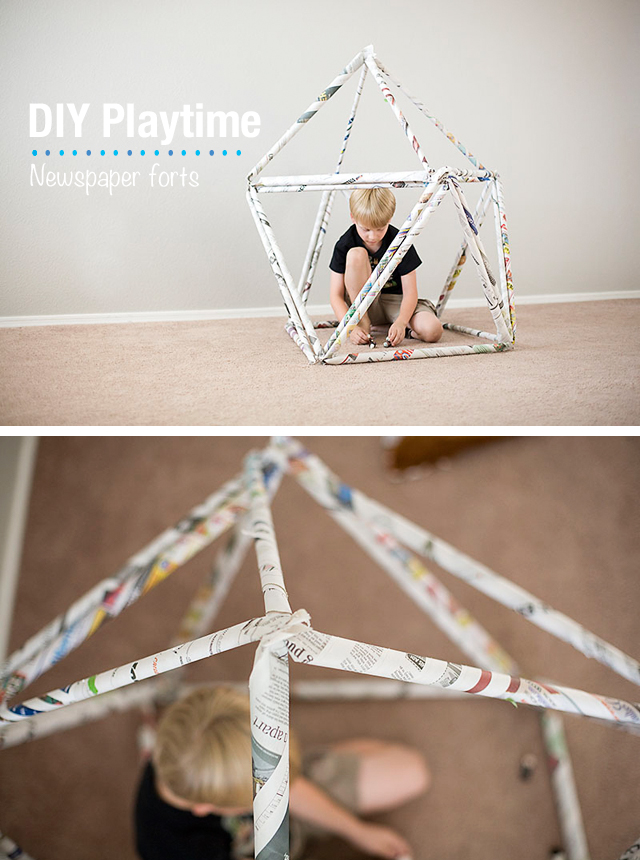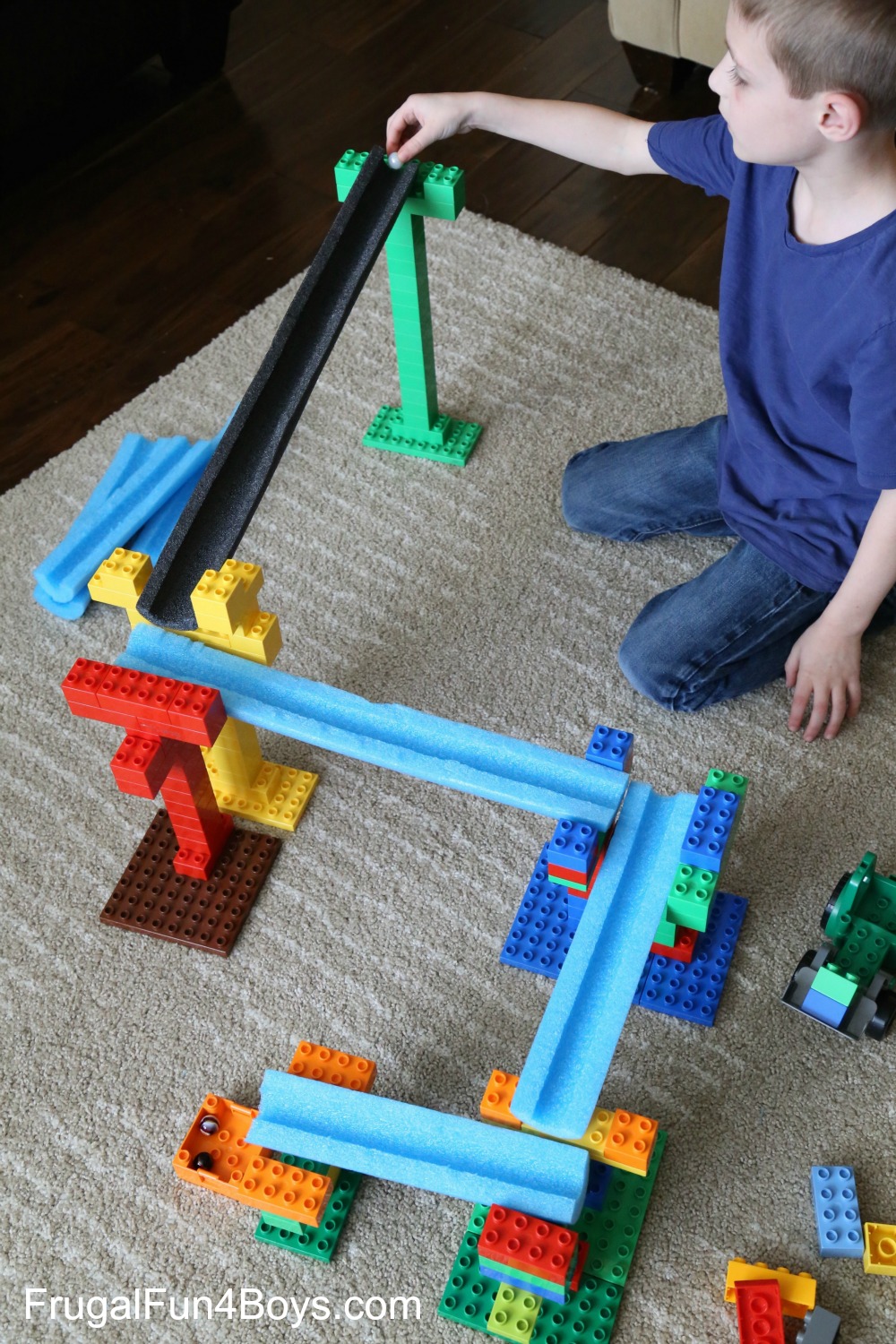
Continue reading Enhance Effective Learning with Improved Auditory Attention
The monsoon season is here again! Cracking your brains to think of activities to occupy your kids? Fret not! We’ve compiled a list of 10 exciting activities (or DIY Projects) that you and your little ones can have a whale of time with! *Pictures are owned by the respective sites that the activity was taken from, other pictures are credited respectively.

This activity would probably take an entire day to complete, but the end product would definitely be worth the while! This activity works on fine motor skills (preparing the miniature items) and relational skills (deciding relevant things to put in the miniature site)
For a more detailed step-by-step procedure, do visit their website!
You could make a miniature garden, playground or forest too!
Some ideas for materials:
– Dyed rice as sand
– Bottle cap as pond
– Shredded green plastic as trees
– Satay stick as trunk
Tea Box Circus Train (Taken From Mer Mag)
Make a train set out of tea boxes and cereal boxes (for larger trains)! Step-by-step instructions are available on the website. This activity helps to improve fine motor skills (sticking and cutting) and builds on creativity (decorating the train with recycled items)
These boxes could be used for storage purposes too!
Newspaper Forts (Taken From Modern Parents Messy Kids)
Ideal activity for boys aged 7 to 11. You would only need newspaper and masking tape for this project! This works on the child’s logical thinking skills (how the fort should be formed) and fine motor skills (to tape the newspaper together).

Producer for a Day
Get your child to write, direct, act and produce a TV show or a movie! All you need is a video camera (phone video function works just fine!) and some props! Challenge your child to make DIY props for his/her own show!
This activity works on the child’s creative skills (coming up with a plot, creating DIY props), language skills (the ability to put his/her thoughts into words) and sequential skills (creating a logical timeline for the story plot).
View the show together as a family at the end of the day, you’ll be in for some crazy laughter!


Once done, you can attach them around the house (down the stairs, from a double decker bed down to the floor etc.)
Time how long it takes for each player’s marbles to reach the finish line! Or construct two tracks so that players can compete at the same time!
This activity works on visual tracking.
DIY Kaleidoscope (taken from Skip To My Lou)
This next craft is a tedious one… but your kids are sure to be bedazzled by the end product.
Step by step instructions are available on the website. This activity works on fine motor skills (put beads into kitchen towel roll).
Bake It!
A rainy day calls for some freshly baked goodies with a warm glass of milk! Bake (or cook a meal) together with your child and have him/her prepare the ingredients (works on arithmetic math). Spoonful.com has a list of child-friendly recipes perfect for such a day! So head over and pick your recipe here! Alternative, you can head over to Martha Stewart food for more child-friendly recipes!
Hide and Seek
No child grows up without playing hide and seek. Its a tradition… a prerequisite, even, for a complete childhood. Its not a tough feat to figure out where the kids are hiding, but play it up a bit and pretend that they are impossible to find! This game works on evaluation skills (where should I hide?).
Play in the Rain!
Playing in the rain is said to relieve stress and engage the child in different sensory experiences! So put on your rain boots with your child and enjoy the rain!
However, if there are lightning and thunders, do be cautious! Ensure that your child is also dressed appropriately (ponchos!) and that he/she doesn’t get too cold!
Enjoy a warm meal and snuggle in bed with a book after that!
Continue reading Memory and its Importance for Effective Learning
For a number of children at ThinkersBox, Math is one subject that they just can’t seem to love. In this post, we would be breaking down the sections of Math papers and relating it to the skill set required to ace each section. In most Math exams, there a 3 sections to the paper, each requiring the use of a different skill set. Continue reading Breaking Down Math Papers
Hello there!
This is a blog brought to you by ThinkersBox. ThinkersBox is a company that specializes in cognitive skill set training for children. We believe that in order to help a child learn better, we would first have to understand how the child learns. However having said that, this blog is not created to talk about what we do. It is not about us. What we aim to do with this blog, is to use it as a platform to share with you parents out there some useful resources that would help you understand your child better!
Besides sharing information that will help academically, we would also share some activities that you can do with your child, for example board games recommendations and rainy day activities (stay tuned for that!).
We do hope that you would find these articles and activities useful.
For more information about what we do and the programmes we offer, do visit our website at www.thinkersbox.com.
Cheers!
Should you have any questions about our brain development courses, please do not hesitate to get in touch with us.
Please leave us a message on our online enquiry form about our enrichment classes for kids and we will be in touch.
